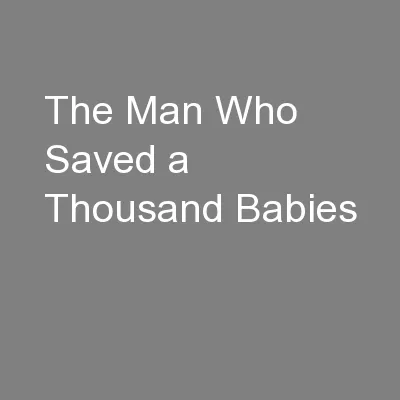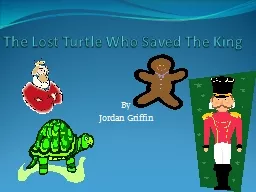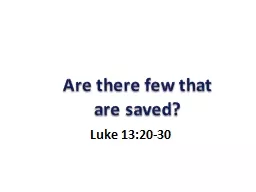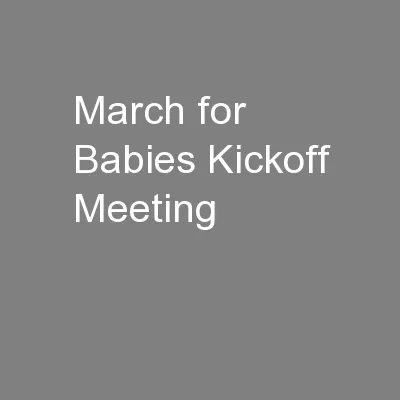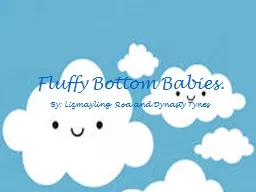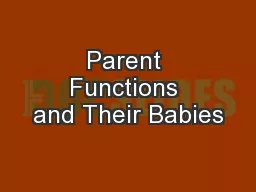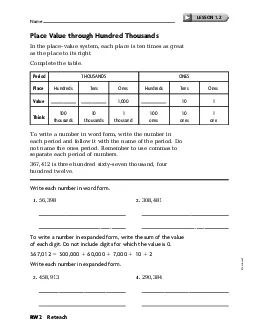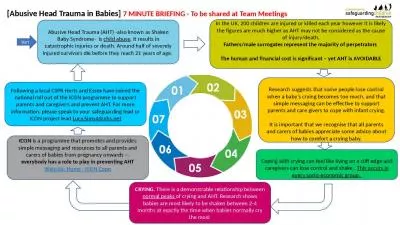PPT-The Man Who Saved a Thousand Babies
Author : karlyn-bohler | Published Date : 2016-09-04
by Lauren Tarshis As you read think about A hero is a person who is courageous outstanding or noble In what way was Vivien Thomas a hero Preview Vocabulary 1 brash
Presentation Embed Code
Download Presentation
Download Presentation The PPT/PDF document "The Man Who Saved a Thousand Babies" is the property of its rightful owner. Permission is granted to download and print the materials on this website for personal, non-commercial use only, and to display it on your personal computer provided you do not modify the materials and that you retain all copyright notices contained in the materials. By downloading content from our website, you accept the terms of this agreement.
The Man Who Saved a Thousand Babies: Transcript
Download Rules Of Document
"The Man Who Saved a Thousand Babies"The content belongs to its owner. You may download and print it for personal use, without modification, and keep all copyright notices. By downloading, you agree to these terms.
Related Documents

